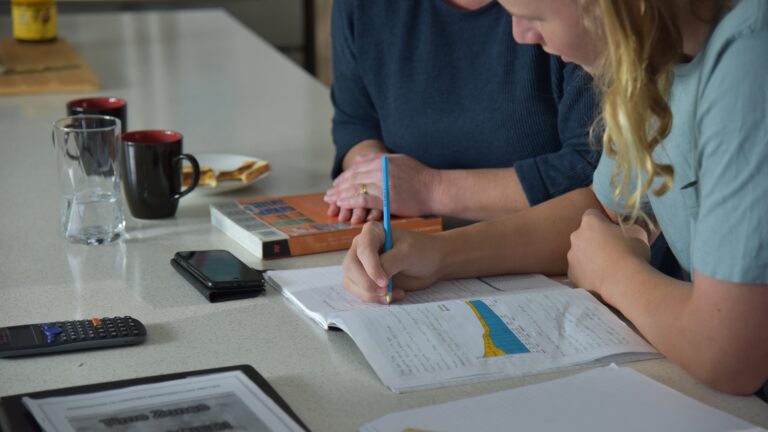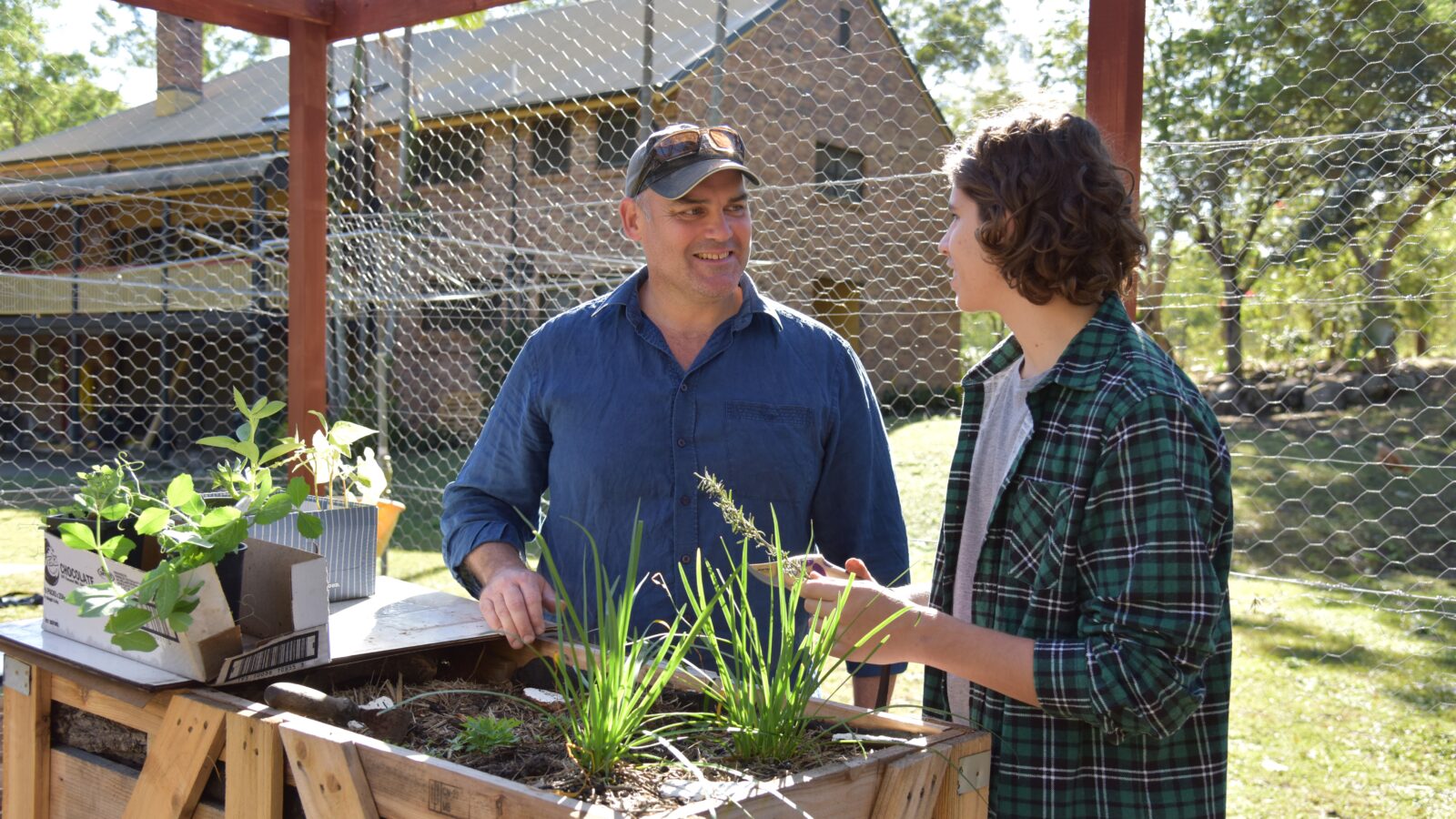Guiding your child’s behaviour so they can get the most out their life and their experience at school can sometimes be challenging. Here’s some tips on how to use consequences well so they work for you and your child.
Consequences can be positive and negative
Consequences can be both positive and negative. The more you use positive consequences like praising your child for the right behaviours, the less you should have to use negative consequences. A negative consequence is generally something pre-agreed that happens after your child behaves in a particular way. Try and limit how often you use negative consequences because if you over-use them or use them inconsistently, your child is likely to lose trust in you and keep behaving in a challenging way.
Be clear and consistent
It’s important for your child to understand what you expect them to do and not to do. So be clear and consistent in setting family rules and consequences so everyone knows how they are expected to treat each other. Family rules should guide children’s behaviour in a positive way. Children as young as three can be part of talking about the rules and as kids get older, include them in decisions about your family’s rules and related consequences. Write them down and agree them together as a family. Consider getting everyone to sign the family rules as a statement of their commitment. Best of all, your family’s rules and consequences can be a resource to turn to at times of tension to help defuse situations and restore calm.
By establishing family rules and using consequences in the same way for the same behaviour every time, your child will know what to expect from you and will feel more empowered to behave in a positive way.
Give kids a chance to correct their behaviour
Before using a negative consequence, remind your child of what’s appropriate behaviour so they have a chance to correct what they are doing. An exception to this approach might be where you have a well-established family rule and your child is aware of the consequence for breaking that rule, or where a significant risk of harm is involved.
Make consequences time-specific
Consequences work better if they happen as soon as possible after the behaviour whether the consequence is positive or negative. If too much time elapses between the behaviour and the consequence, young children in particular will struggle to make the connection between their behaviour and the resulting consequence.
Consequences need to be age appropriate
Most experts agree that negative consequences work better for kids who are over three years of age and can understand the connection between their actions and the outcomes of those actions. Whatever their age, it’s worth remembering that your child is more likely to behave better when you have high expectations of them. By holding your child accountable for their behaviour, the message you give them is that you believe they are capable of doing better.
Last Updated: 21 June 2022





